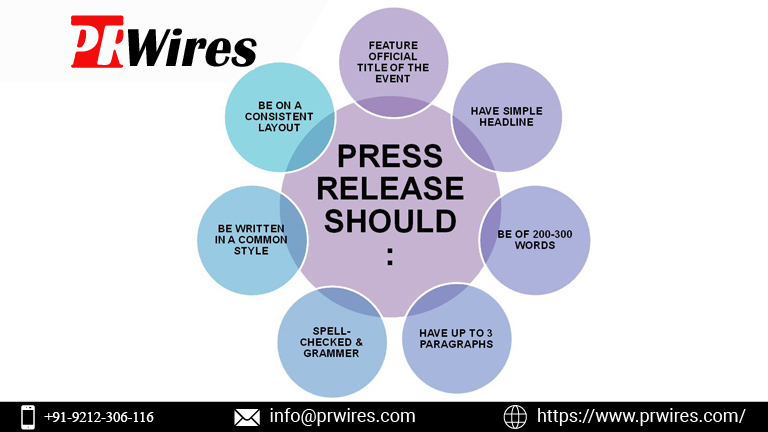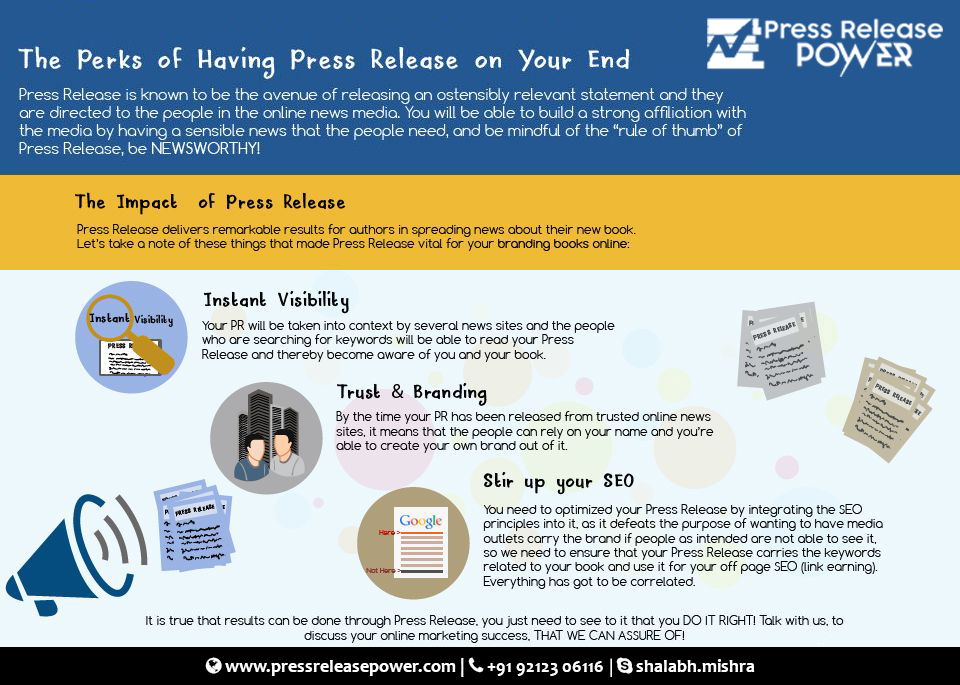The Benefits of VAC Therapy for Chronic & Acute Wound Care
Discover the benefits of VAC therapy for chronic and acute wound care. Learn how negative pressure wound therapy speeds up healing, reduces infection risk, and promotes tissue regeneration. Find out if VAC therapy is right for you!

Wound healing is a critical aspect of healthcare, and medical advancements have introduced innovative treatments to speed up the process. One such breakthrough is VAC therapy also known as Negative Pressure Wound Therapy (NPWT). This specialized treatment uses controlled suction to promote healing in chronic and acute wounds. Whether dealing with post-surgical wounds, diabetic ulcers, pressure sores, or traumatic injuries, VAC therapy offers an effective solution to enhance recovery and minimize complications.
In this article, we will explore VAC therapy, how it works, its benefits, and who can benefit from this cutting-edge wound care technology.
What is VAC Therapy?
VAC therapy, short for Vacuum-Assisted Closure therapy, is a non-invasive treatment used to promote wound healing. It involves placing a sterile, foam dressing over a wound and applying controlled negative pressure (suction) using a vacuum device. This method helps remove excess fluids, reduce swelling, and enhance blood flow to the affected area, facilitating faster tissue regeneration.
Key Components of VAC Therapy:
- Foam Dressing: Applied to the wound to absorb excess fluid.
- Adhesive Film: Seals the wound to maintain a sterile environment.
- Vacuum Pump: Creates negative pressure to stimulate healing.
- Canister: Collects exudate (fluid) drained from the wound.
How Does VAC Therapy Work?
The primary mechanism behind VAC therapy is negative pressure, which pulls fluid and bacteria away from the wound while encouraging new tissue growth. Here’s how it works step by step:
- Preparation: The wound is cleaned, and a sterile foam dressing is applied.
- Sealing: An airtight adhesive film is placed over the dressing.
- Negative Pressure Application: A vacuum pump is connected to the dressing via a tube, applying gentle suction.
- Fluid Removal: Excess fluid and infection-causing bacteria are drawn away, reducing swelling and promoting healing.
- Tissue Regeneration: Increased blood flow encourages cell growth, forming new tissue to close the wound.
Benefits of VAC Therapy
1. Faster Wound Healing
One of the biggest advantages of VAC therapy is its ability to accelerate the wound healing process. The negative pressure enhances blood circulation, which delivers oxygen and nutrients needed for cell regeneration.
2. Reduced Risk of Infection
By continuously removing bacteria-laden fluids from the wound, VAC therapy helps lower the risk of infections, which is a common concern with chronic wounds.
3. Minimized Swelling and Edema
Swelling can delay healing by restricting blood flow. The suction applied through VAC therapy reduces fluid accumulation, minimizing inflammation and allowing tissues to heal faster.
4. Improved Blood Flow and Oxygenation
The therapy promotes angiogenesis—the formation of new blood vessels—improving circulation and oxygen supply to the affected area, crucial for tissue repair.
5. Less Need for Frequent Dressing Changes
Unlike traditional wound dressings that require frequent changing, VAC therapy dressings can remain in place for several days. This reduces discomfort and the risk of further wound disruption.
6. Effective for Various Types of Wounds
From diabetic ulcers to surgical wounds, VAC therapy is suitable for a wide range of wound types, making it a versatile treatment option.
7. Minimized Scarring
By promoting granulation tissue formation and reducing wound tension, VAC therapy can lead to less noticeable scarring compared to traditional wound healing methods.
Conditions That Benefit from VAC Therapy
VAC therapy is commonly used for:
- Chronic wounds (e.g., diabetic foot ulcers, pressure ulcers, venous ulcers).
- Post-surgical wounds (e.g., abdominal, orthopedic, or plastic surgery wounds).
- Traumatic wounds (e.g., burns, open fractures, degloving injuries).
- Infected wounds requiring continuous drainage.
- Skin grafts and flaps to improve adherence and survival rates.
Who Can Benefit from VAC Therapy?
1. Patients with Chronic Wounds
People suffering from slow-healing wounds due to conditions like diabetes, vascular diseases, or pressure ulcers can significantly benefit from VAC therapy.
2. Post-Surgical Patients
For individuals recovering from major surgeries, VAC therapy reduces fluid buildup, lowers infection risk, and enhances incision healing.
3. Individuals with Burns or Trauma Injuries
Severe burns and traumatic wounds heal more effectively with VAC therapy, as it keeps the wound clean, reduces swelling, and promotes skin regeneration.
4. Patients Undergoing Skin Grafts
VAC therapy helps ensure successful skin graft attachment by preventing fluid accumulation and increasing blood supply to the new tissue.
What to Expect During VAC Therapy?
If you or a loved one is prescribed VAC therapy, here’s what you can expect:
1. Initial Consultation
A healthcare provider will assess the wound and determine if VAC therapy is suitable.
2. Application Process
- The wound is cleaned, and a foam dressing is applied.
- The dressing is covered with an adhesive seal.
- A tube is connected to a vacuum device that applies negative pressure.
3. Treatment Duration
The therapy typically lasts several weeks, with dressing changes occurring every 2–3 days, depending on wound condition and healthcare recommendations.
4. Sensations & Discomfort
Patients may experience a mild pulling sensation, but the treatment is generally painless. If discomfort arises, the vacuum pressure can be adjusted.
5. Progress Monitoring
Regular medical check-ups ensure the wound is healing properly and adjustments are made if necessary.
Potential Risks & Considerations
While VAC therapy is highly effective, certain considerations should be kept in mind:
- Pain or discomfort: Some patients may feel mild pain when the vacuum is applied.
- Bleeding risks: Patients on blood thinners or with fragile blood vessels should be monitored closely.
- Skin irritation: The adhesive film may cause mild skin reactions in some individuals.
- Not suitable for all wounds: It is not recommended for wounds with untreated infections, necrotic tissue, or exposed blood vessels/organs.
Frequently Asked Questions (FAQs)
1. How long does it take for a wound to heal with VAC therapy?
The healing time varies depending on wound size, type, and patient health. However, many patients experience faster healing compared to traditional wound care.
2. Is VAC therapy painful?
Most patients report little to no pain. Some may feel a slight suction sensation, which usually subsides after a few minutes.
3. Can I shower while undergoing VAC therapy?
It depends on the specific wound and dressing type. In many cases, showers should be avoided to prevent moisture from disrupting the vacuum seal.
4. Will insurance cover VAC therapy?
Many health insurance providers cover VAC therapy for medically necessary wound care, but it’s best to check with your insurance company.
5. Are there alternatives to VAC therapy?
Yes, alternatives include traditional wound dressings, hydrocolloid bandages, and skin grafts, but VAC therapy is often more effective for chronic and complex wounds.
Conclusion
VAC therapy is a revolutionary treatment for chronic and acute wounds, promoting faster healing, reduced infection risk, and improved blood circulation. Whether you're recovering from surgery, managing a diabetic ulcer, or dealing with a traumatic wound, this advanced technique can significantly enhance your recovery.
If you or a loved one requires effective wound care, consult a medical professional to see if VAC therapy is the right option for you. Healing is possible—with the right treatment and expert care!
What's Your Reaction?


















